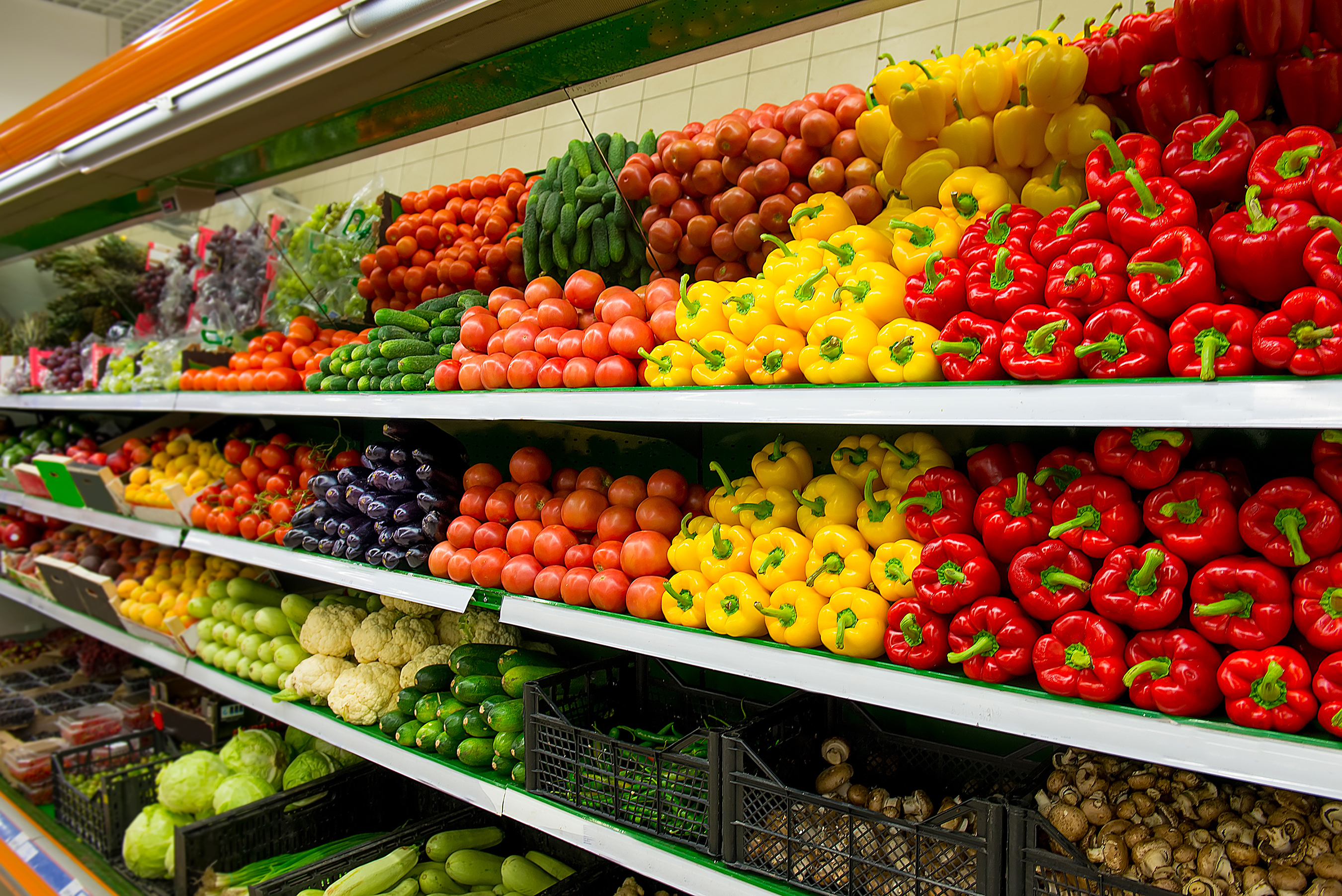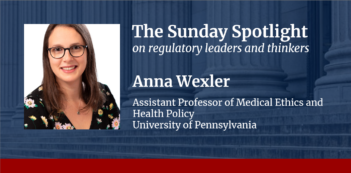
Regulator solicits input on a new rule defining when foods could be considered “healthy.”
Walk down an aisle in your favorite grocery store and you are struck by food label upon food label. Free-range, locally-sourced, organic, gluten-free, non-GMO, natural, hormone-free, fair-trade, low-sodium, fat-free, trans fat-free; it is all labeled, but is any of it “good”? Is any of it “healthy”?
The U.S. Food and Drug Administration (FDA) is seeking to answer just that question. The Agency is currently soliciting input on a proposed definition of “healthy” for the purpose of labeling. As FDA’s Director of the Office of Nutrition and Food Labeling, Douglas Balentine, explained, “As our understanding about nutrition has evolved, we need to make sure the definition for the ‘healthy’ labeling claim stays up to date.”
Current regulations permit food to be labeled “healthy” only if it satisfies a set of nutritional criteria. Certain nutrients must be limited, such as fat, saturated fat, sodium, and cholesterol. Other nutrients—such as vitamins A and C, calcium, iron, protein, and fiber—are encouraged. The amounts of these nutrients that allow a food to be labeled “healthy” depend on the type of food. A snack food, like a granola bar, is not considered “healthy” if it has more than three grams of fat. Frosted Flakes and low-fat Pop-Tarts are “healthy.” Almonds and avocados are not.
The proposed rule would allow a food to be called “healthy” even if it does not meet these strict standards for nutrient content. Instead, “healthy” would be understood to refer broadly to foods that are useful in maintaining healthy diets. Certain high-fat foots—like almonds and avocadoes—could then be considered “healthy” because of additional health benefits. This reflects a larger emphasis by the U.S. Department of Health and Human Services (HHS) on the importance of eating patterns rather than individually healthy food choices. Also, because FDA would not be making a specific claim about nutrient content, the agency could determine whether a food is truly “healthy” after it is already available in stores. Currently, FDA reviews claims of healthiness before the products become available to consumers. If the proposed rule were adopted, however, food producers could begin advertising their product as “healthy” without receiving FDA approval.
Rather than focusing on fat content generally, FDA’s proposed rule distinguishes between processed fats and fats from natural sources, like fruits, vegetables, nuts, seeds, whole grains, and seafood. According to some who petitioned for the new rule, the new definition would “make FDA’s regulatory regime consistent with current federal dietary recommendations (as is required by law), consistent with current scientific evidence about the health benefits of certain foods, and would significantly benefit the public health by ensuring that consumers fully understand the dietary values of foods available for purchase.”
The proposed change is consistent with the government’s Dietary Guidelines, which already consider fats from natural sources “healthy fats.” The Guidelines, issued by the Office of Disease Prevention and Health Promotion—also part of HHS—are treated as the foundation of the federal government’s nutrition guidance. Though they are not bound by The Guidelines, federal agencies treat them as fundamental in creating overarching health policies.
In fact, one of FDA’s reasons for promulgating the rule was to respond to a Citizen Petition from Kind LLC—the maker of the popular Kind granola bars—requesting that the FDA amend its definition of “healthy” because it was inconsistent with the Dietary Guidelines. In March, FDA issued a warning letter to Kind, requesting that Kind remove the word “healthy” from its packaging. The agency informed Kind that the bars contained too much fat to meet the current low-fat definition of “healthy.” After Kind argued that the term was being used to describe the company’s overall philosophy, FDA allowed Kind to keep the “healthy” label because it did not appear in the same display panel as nutrition information. Kind then petitioned FDA to change its existing nutrition claim regulations, so that the definition of “healthy” would not be so rigid.
Although many companies and academics support redefining “healthy,” some nutrition scholars are skeptical of the proposed rule. Marion Nestle, Professor of Nutrition & Food Studies at New York University, warns that consumers should not rely on health claims. In fact, she said, “I don’t think we should have health claims [on food packages] at all.” She argues that, because “healthy” labeling has become a form of advertising, the labels can be manipulated by companies. As Director Balentine observed, however, the proposed change reflects the fact that “the typical consumer makes a purchase decision in three to five seconds.” FDA is hoping that the proposed “healthy” label would provide a quick way for consumers to make informed, healthy purchasing decisions.
The proposed definition is part of a broader ten-year Strategic Plan by FDA’s Office of Foods and Veterinary Medicine. To further its strategic plan goals, FDA also released new rules governing Nutrition Fact Labels in May. FDA now requires Nutrition Labels to include added sugars, as well as vitamins that the average consumer is not getting enough of, like vitamin D and potassium. The agency is also considering defining “natural” after soliciting and receiving thousands of comments on the term earlier this year.
FDA is accepting comments until January 26, 2017. In the meantime, the agency has said it will exercise discretion when deciding whether to enforce the current definition of “healthy” against products that are low in total fat and that provide potassium and vitamin D, like Kind’s granola bars.



